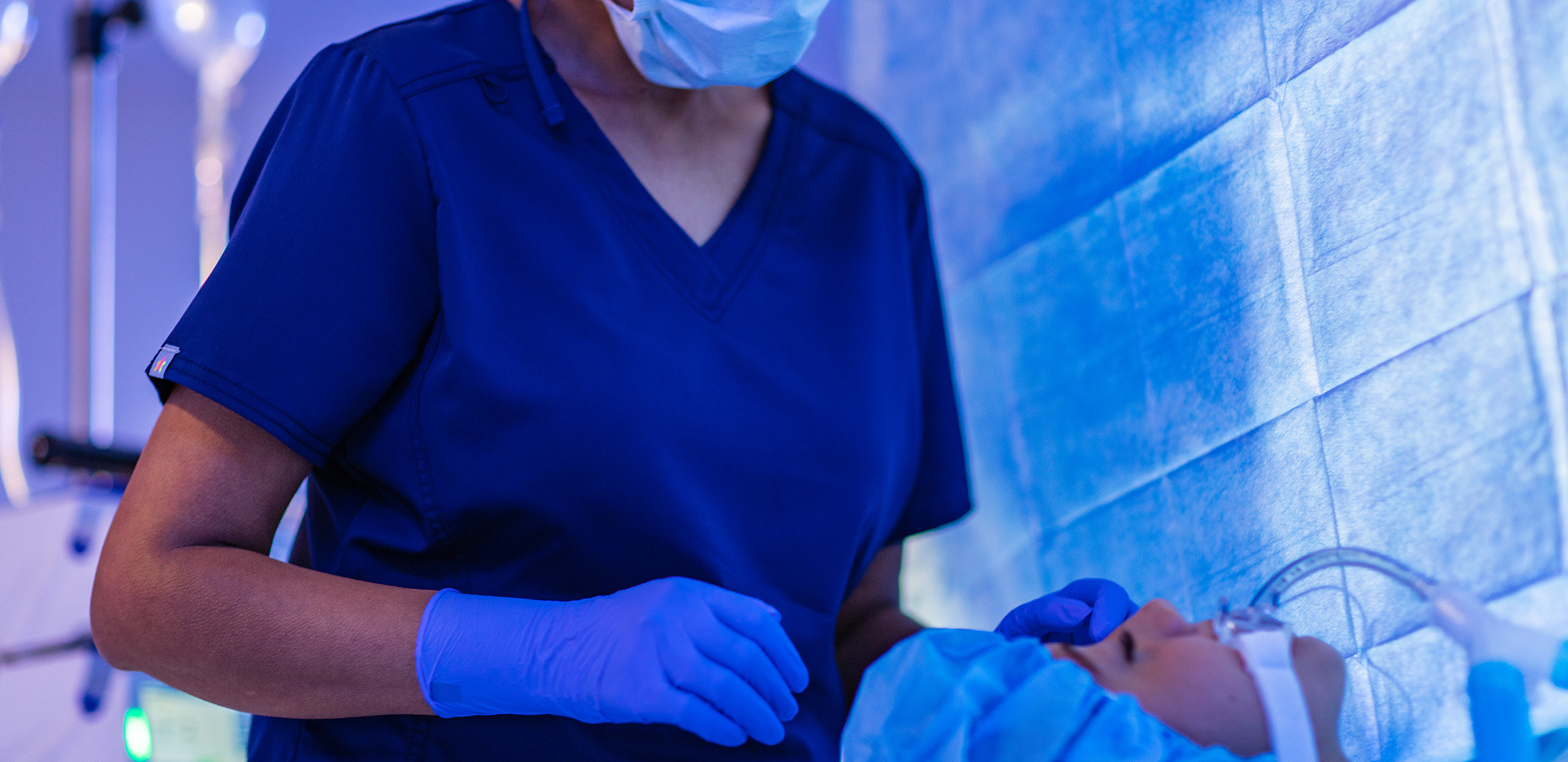How Are You Handling the Many Burdens of Hypothermia?
Despite best efforts, every patient undergoing surgery is at risk for unplanned drops in body temperature.1 In fact, unintentional hypothermia is one of the most common surgical complications, affecting as many as 62% of surgical patients.2 Left unchecked, this common shift outside the normothermic range can dramatically increase the risk for surgical complications3,4 — and it is associated with a variety of adverse events.5
How Much is Your Patient Warming System Costing You?
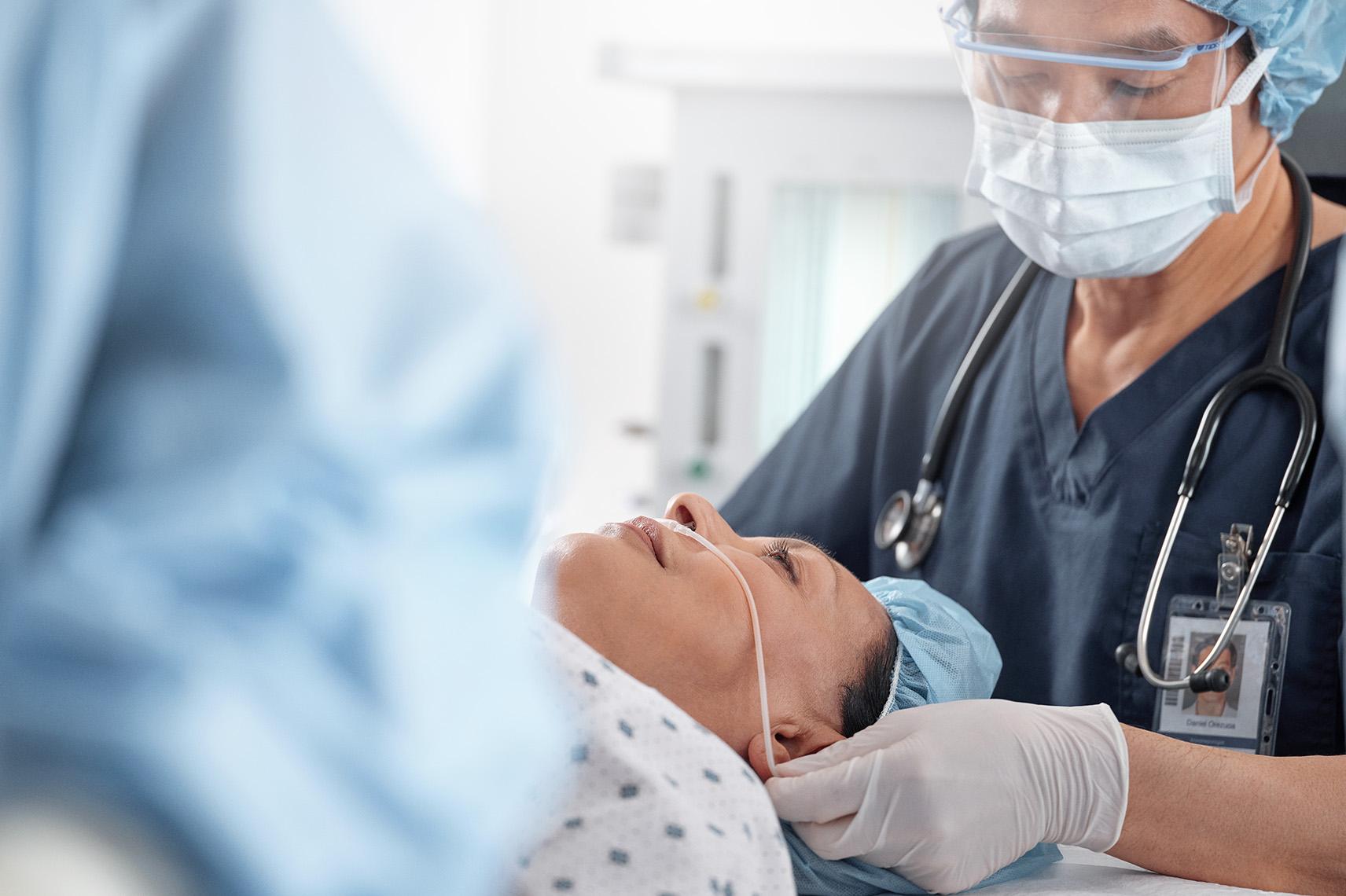
Pre-Operative Risks
Patients with low core body temperatures before arriving in the operating room are at higher risk for remaining hypothermic during surgery, and even during recovery.6
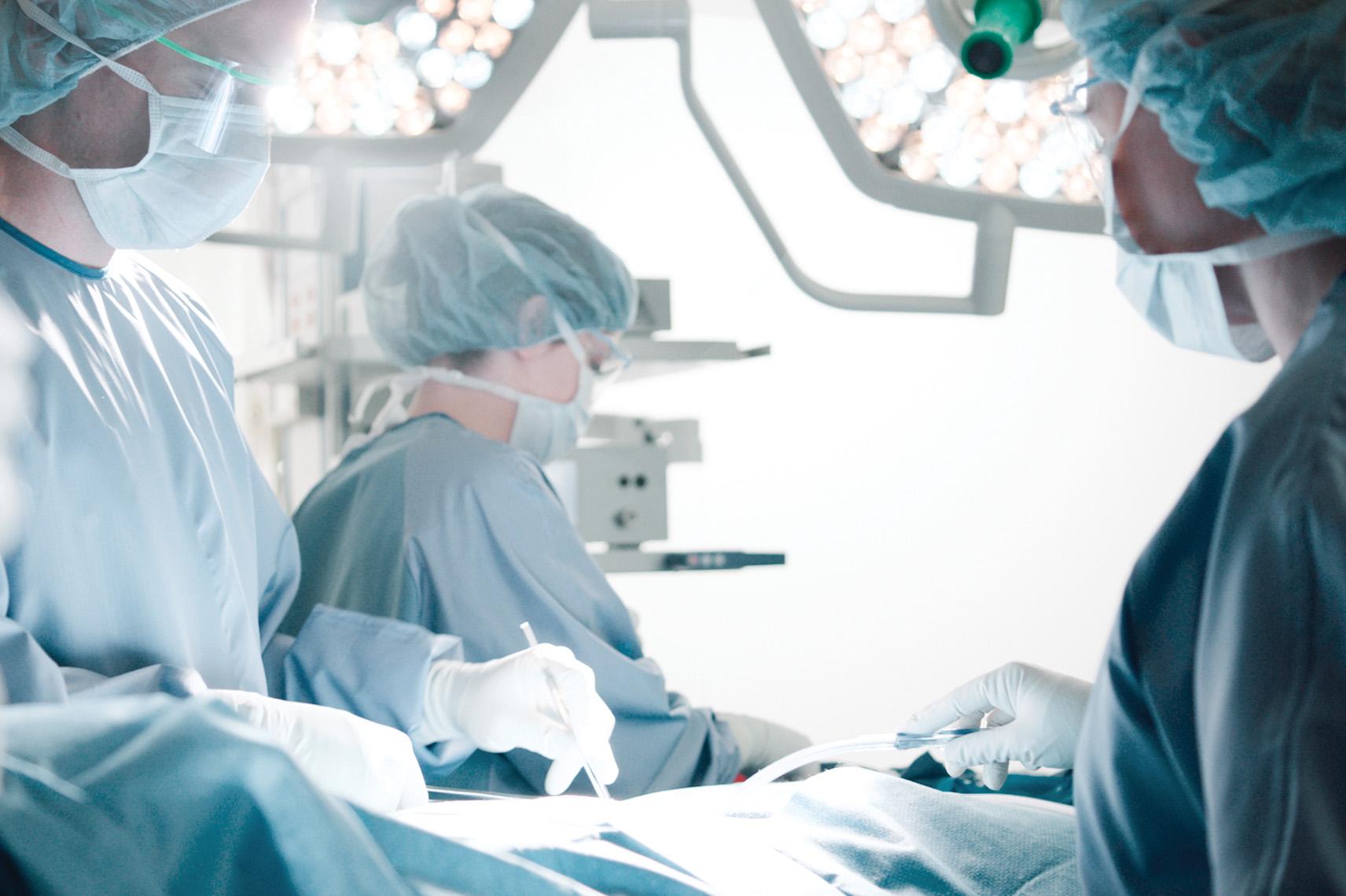
Intraoperative Risks
Even mild intraoperative hypothermia has been shown to triple the risk of adverse myocardial events, surgical site infections and perioperative blood loss.5
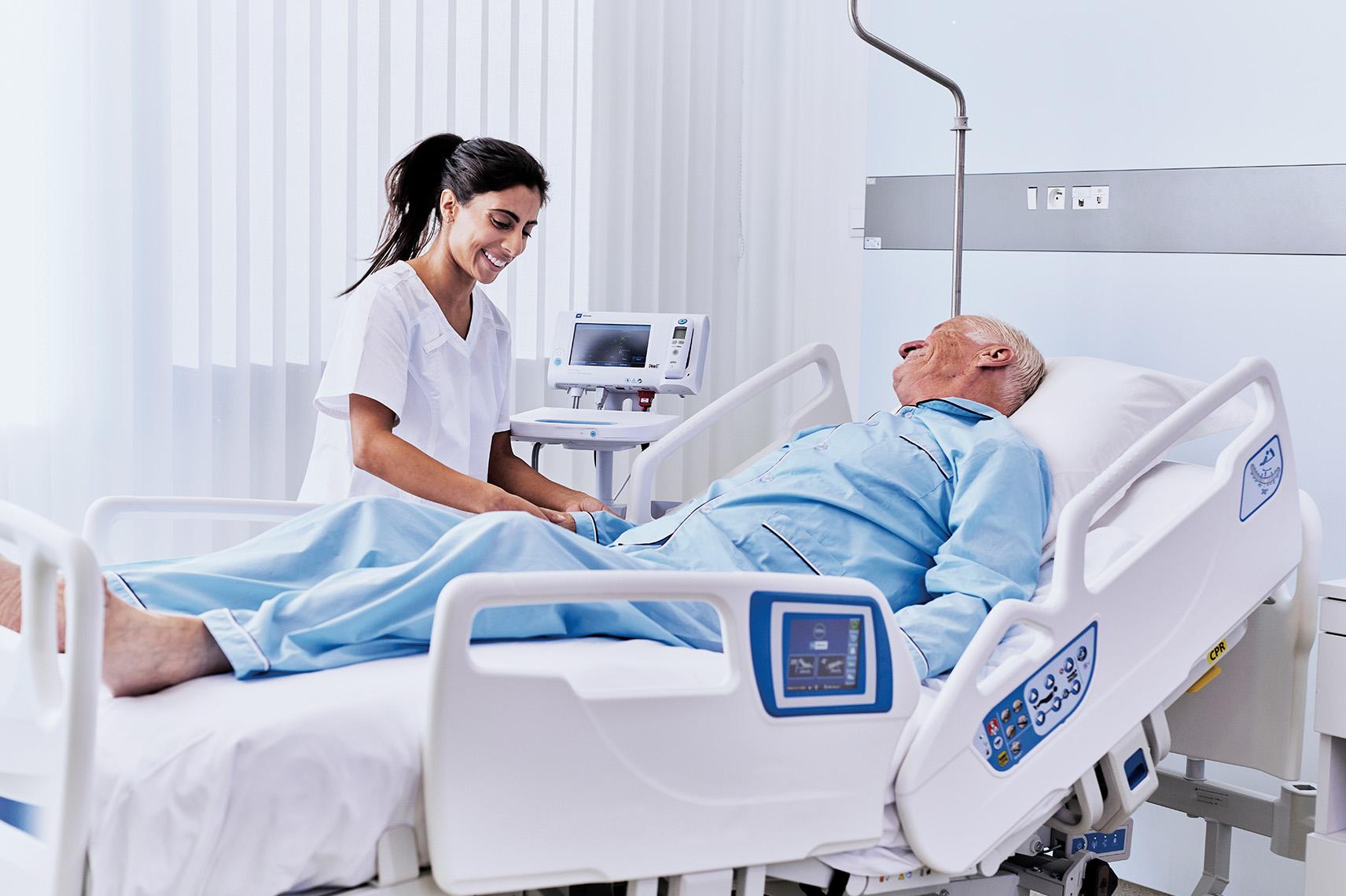
Post-Operative Risks
Among other complications, postoperative hypothermia is associated with longer lengths of stay, surgical site infections, postoperative blood transfusions, pressure injury and higher costs.7

Economic Burden
Studies have shown that even a mildly hypothermic patient could suffer adverse outcomes costing as much as $2,500 - $7,000.8
Fortunately, hypothermia is preventable by maintaining normothermia with the right patient warming systems — and the cost of preventing hypothermia is often far lower than the cost of treating its adverse outcomes.9
How can you maintain normothermia to support improved surgical outcomes? It starts with a coordinated warming strategy that spans your patients’ entire surgical journey — from pre-op to intra-op to post-op care.
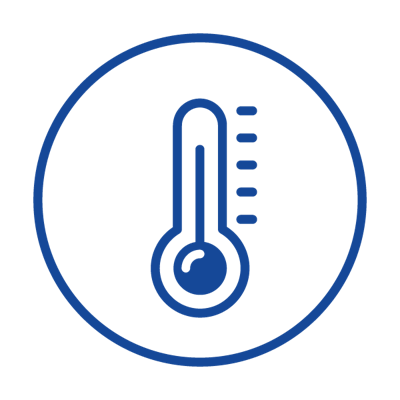
>96.8° F
What is Normothermia?
Normal core body temperature — typically defined as 36-38°C (96.8 – 100.4° F)1

<96.8° F
What is Hypothermia?
Often defined as core body temperature lower than 36° C (95° F or 96.8° F).7
Did you know?
Baxter has surgical sales representatives across the entire country. Check the map for your local Baxter rep today!

Maintain Normothermia Along Every Step of the Surgical Journey
AORN guidelines recommend that every patient receive some form of hypothermia prevention.10 To help maintain normothermia throughout every step of surgical care, the guidelines recommend that perioperative teams begin warming patients as soon as possible, and continue managing their core body temperature as they recover.10

Pre-Op Temperature Monitoring
The colder a patient’s periphery (arms and legs), the more heat will transfer there from their core — resulting in a colder patient.11 That’s why pre-operative warming is so important. Pre-warming increases the patient’s core temperature before surgery to help prevent hypothermia — and its benefits extend into intra-op and post-op care.12

Fewer Infections
In a study of patients undergoing clean surgical procedures (such as breast surgeries), only 5% of pre-warmed patients developed wound infections, compared to 14% of non-warmed patients.13

Better Patient Experience
Pre-warming has been associated with a lower risk of post-op hypothermia,14 reduced post-op nausea and shivering, improved thermal comfort and earlier extubation.12
Intraoperative Patient Warming
The evidence is clear: Maintaining normothermia in the operating room is important for every patient going under anesthesia — even during the shortest procedures.5

1 Hour
The body's core temperature declines most dramatically during the first hour of surgery.5

Up to 1.5° in 30 Minutes
Core temperature can fall 0.5° - 1.5° below normal within just 30 minutes of general anesthesia induction.5
Temperature Monitoring in Post-Op Care
Post-operative warming is also important to maintain a normothermic temperature.

Post-Op Hypothermia is Common
Even when patients are warmed in the OR, post-operative hypothermia is still common. Continuing patient warming in post op can help a patient maintain a normothermic temperature as they recover.15

Benefits Extend Beyond the OR
Studies have shown several ways in which patient warming improves postoperative care and recovery, including:
- Fewer infections
- Less blood loss
- Fast, pleasant wakeups after anesthesia16
Conductive vs. Forced-Air Warming Systems: What’s the Difference?
In conductive heating, warmth is transferred via physical contact with a patient warming device such as a warming blanket or heated table pad.17 In forced-air warming, air is sucked in and warmed using electric coils. A blower circulates the warm air through a blanket, warming the patient via convection.18
Conductive warming has been shown to produce several benefits over forced-air warming, including:
Reduced Risk of Air Contamination
Conductive warming removes the need for forced-air pumps and their associated waste convective heat, decreasing potential for air contamination.
Faster Warming
When a heating element is integrated into the table pad, warming can begin as soon as the patient comes in contact with the table — no need to wait until they are under anesthesia. Conductive fabric warming has shown significantly better patient warming rates than forced-air warming (0.35˚C/hr vs 0.01˚C/hr).19
Cost-Effective Care
With no disposables per case, conductive heating systems can reduce waste — and may even reduce cost per case — compared to forced-air systems20
Completing the Normothermia System
Our next-generation patient warming system uses conductive hospital warming blankets and heated table pads to quickly and effectively warm patients in any position from pre-op to intra-op to post-op care. With air-free patient warming devices, it minimizes contamination. And thanks to integration with our PST 500, TS7000 and TS7000dV surgical tables, the warming process for your surgical teams has never been simpler.


Hospital Warming Blankets & Table Pads
The Baxter Patient Warming System goes beyond traditional hospital warming blankets. Discover how our air- and water-free patient warming system can help support patient safety and enhance care team workflows.

Trendelenburg Positioning WaffleGrip
Our unique WaffleGrip Positioning System is designed to maintain normothermia in patients in the Trendelenburg position. It fits securely over the Baxter Patient Warming table pads, creating an anti-slip surface over the entire contact area. And better yet, it does all this while allowing optimal heat transfer between the warming mattress and your patient.
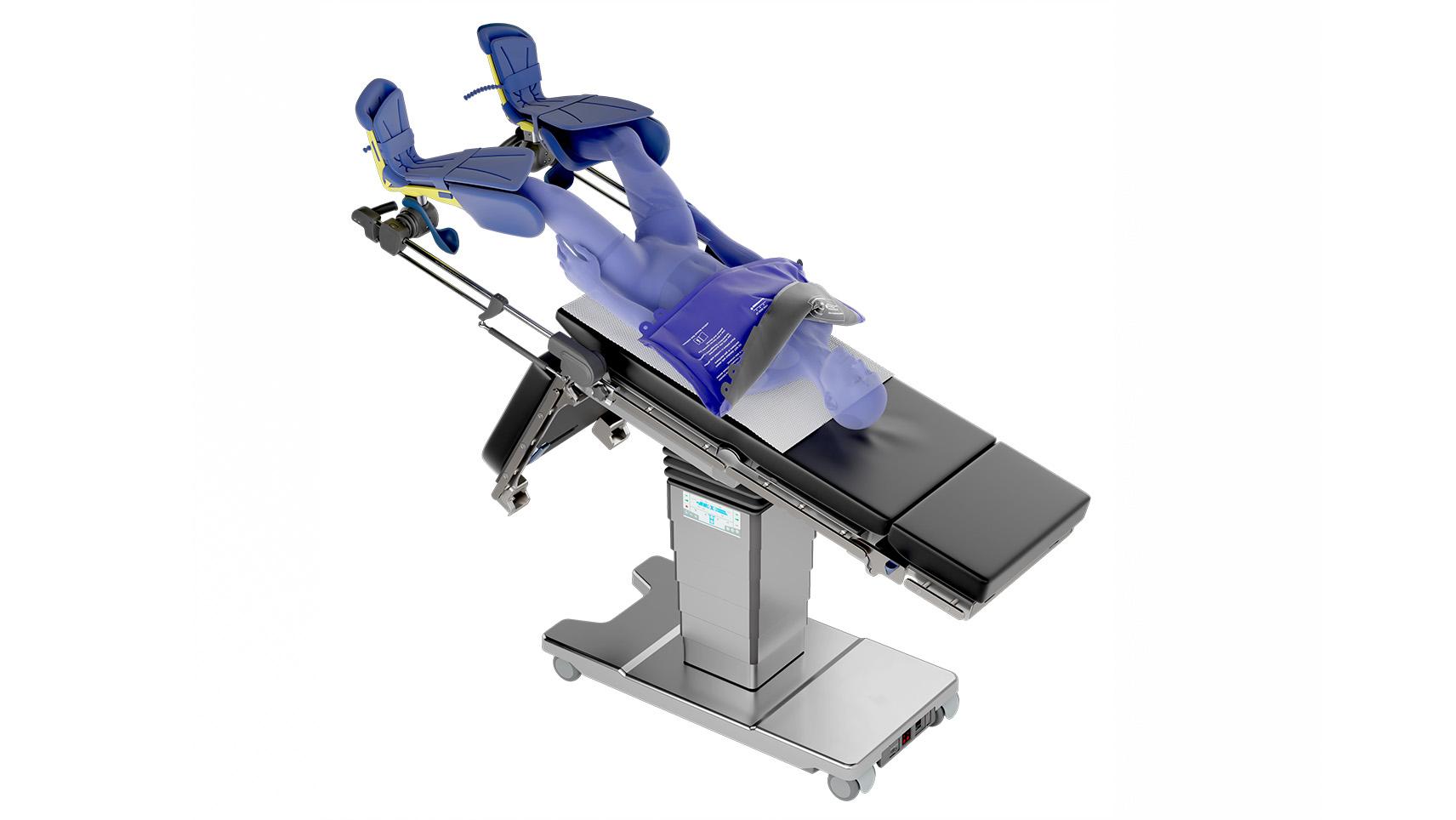
References:
- https://www.aorn.org/outpatient-surgery/the-magazine/article/2020-november-normothermia-is-the-new-normal
- Aldemir, K., & Yilmaz, F. T. (2021). Incidence of Postoperative Hypothermia and Factors Effecting the Development of Hypothermia in Patients Undergoing Abdominal Surgery. International Journal of Caring Sciences, 14(2), 983-990.
- Fred C, Ford S, Wagner D, Vanbrackle L. Intraoperatively acquired pressure ulcers and perioperative normothermia: a look at relationships. AORN J. 2012;96(3):251-260.
- Sun Z, Honar H, Sessler DI, et al. Intraoperative core temperature patterns, transfusion requirement, and hospital duration in patients warmed with forced air. Anesthesiology. 2015;122:276-285.
- https://www.aorn.org/outpatient-surgery/article/2009-July-what-do-you-know-about-hypothermia
- Rauch S, Miller C, Bräuer A, Wallner B, Bock M, Paal P. Perioperative Hypothermia-A Narrative Review. Int J Environ Res Public Health. 2021 Aug 19;18(16):8749. doi: 10.3390/ijerph18168749. PMID: 34444504; PMCID: PMC8394549.
- https://www.sciencedirect.com/science/article/pii/S240585722030036X
- Mahoney CB, Odom J. Maintaining intraoperative normothermia: a meta-analysis of outcomes with costs. American Association of Nurse Anesthetists Journal. 1999 Apr;67(2):155-63
- https://www.aorn.org/outpatient-surgery/article/2005-October-economics-of-patient-warming
- https://www.aorn.org/article/2019-10-22-Hypothermia-Prevention
- https://www.aorn.org/outpatient-surgery/articles/outpatient-surgery-magazine/2018/december/thinking-of-buying--patient-warming-devices
- https://www.aorn.org/outpatient-surgery/article/2021-May-patient-warming-benefits
- Melling AC, Ali B, Scott EM, Leaper DJ. Effects of preoperative warming on the incidence of wound infection after clean surgery: a randomized controlled trial. Lancet. 2001 Sep 15;358(9285):876-80. doi: 10.1016/S0140-6736(01)06071-8. Erratum in: Lancet 2002 Mar 9;359(9309):896. PMID: 11567703.
- Rosenkilde C, Vamosi M, Lauridsen J, Hasfeldt D. Efficacy of prewarming with a self-warming blanket for the prevention of unintended perioperative hypothermia in patients undergoing hip or knee arthroplasty. J Perianesth Nurs. 2017;32(5):419–428. [IIB] [PubMed: 28938977]
- Alfonsi, P., Bekka, S., Aegerter, P., & Investigators, on behalf of the S. R. N. (2019). Prevalence of hypothermia on admission to recovery room remains high despite a large use of forced-air warming devices: Findings of a non-randomized observational multicenter and pragmatic study on perioperative hypothermia prevalence in France. PLOS ONE, 14(12), e0226038. https://doi.org/10.1371/journal.pone.0226038
- https://www.sciencedirect.com/science/article/pii/S2256208716300736
- https://www.ebme.co.uk/articles/clinical-engineering/patient-warming
- Ackermann W, Fan Q, Parekh AJ, Stoicea N, Ryan J, Bergese SD. Forced-Air Warming and Resistive Heating Devices. Updated Perspectives on Safety and Surgical Site Infections. Front Surg. 2018 Nov 21;5:64. doi: 10.3389/fsurg.2018.00064. PMID: 30519561; PMCID: PMC6258796.
- Relative Clinical Heat Transfer Effectiveness: Forced-Air Warming vs. Conductive Fabric Electric Warming, A Randomized Controlled Trial

